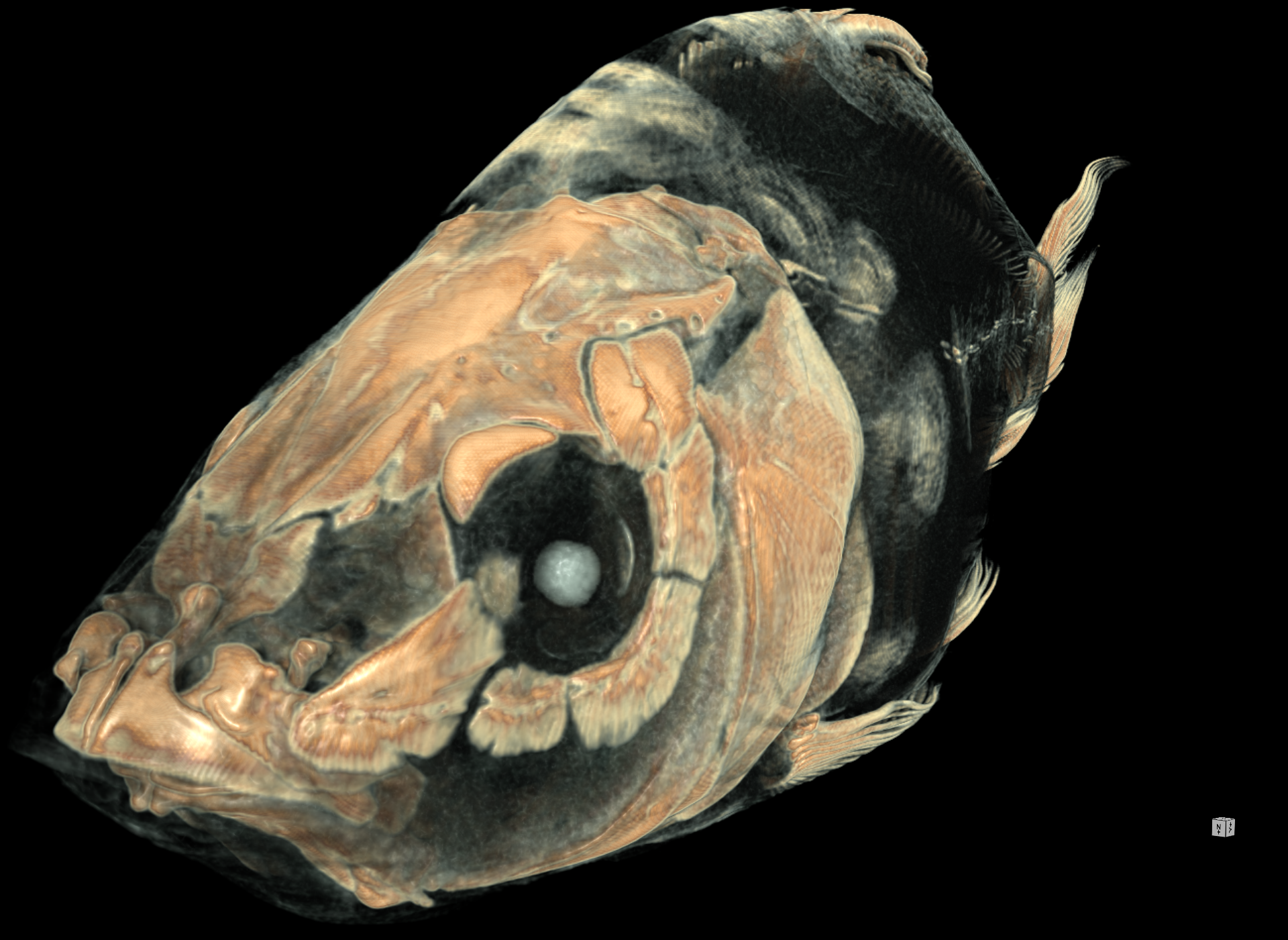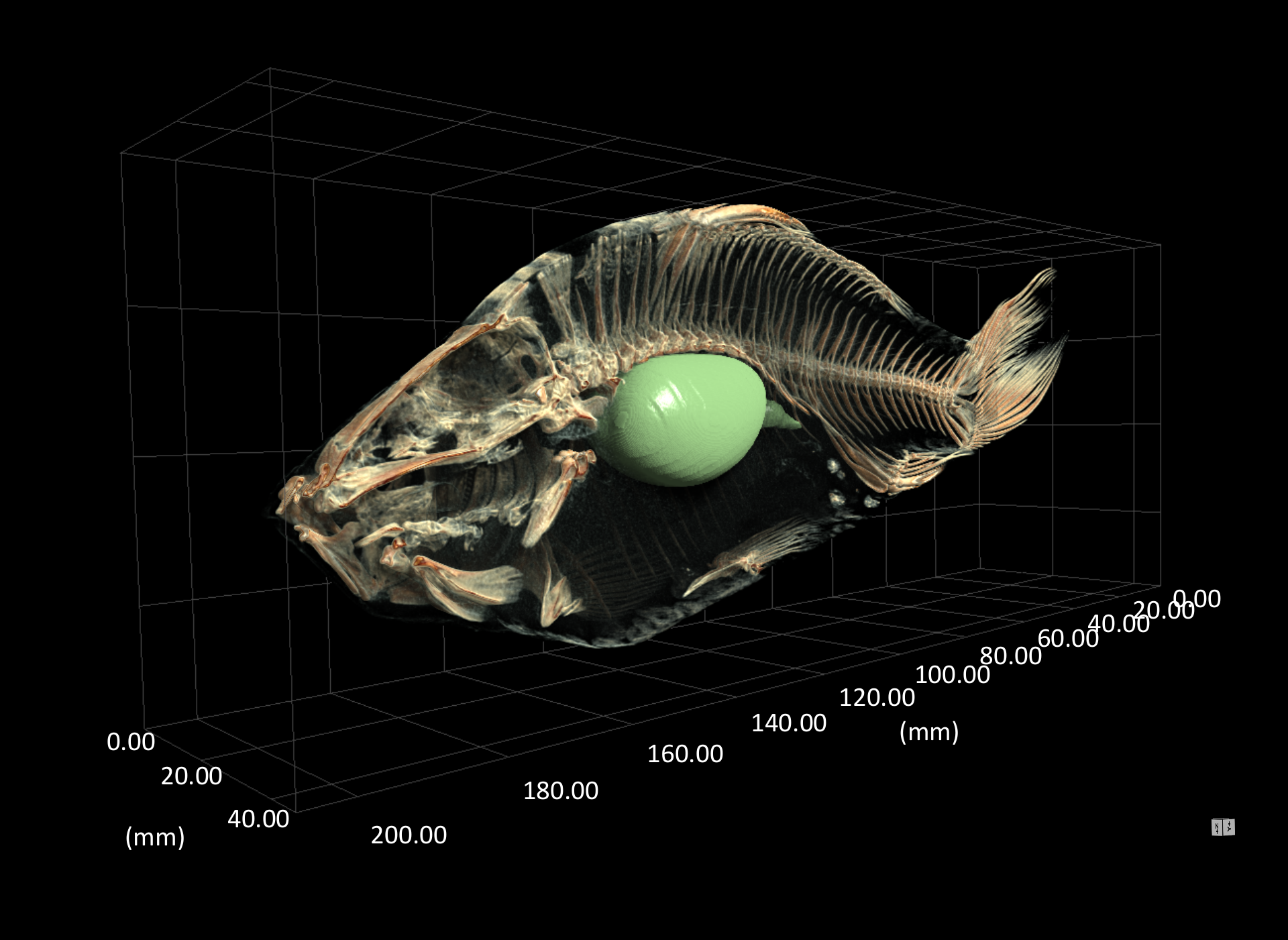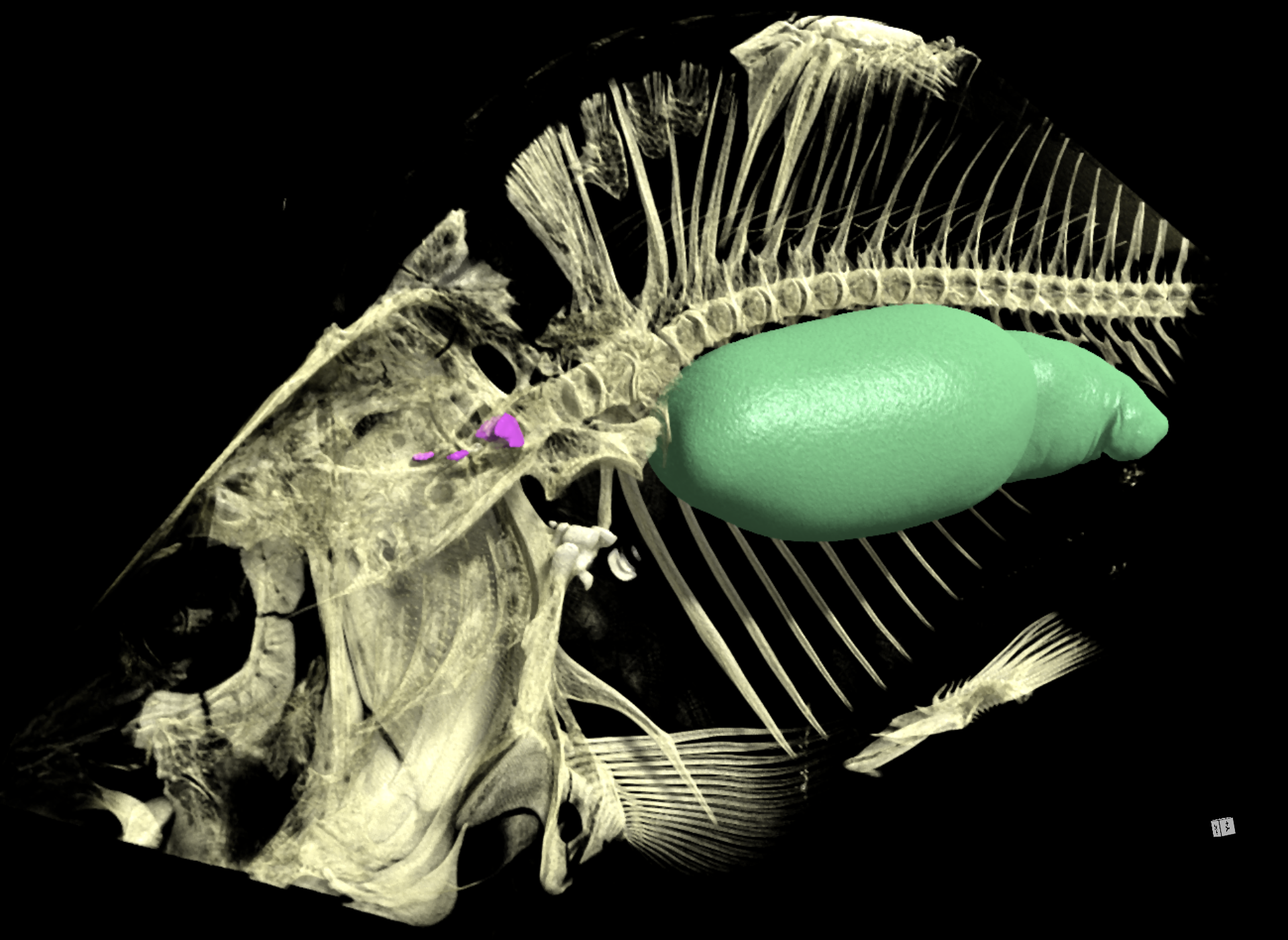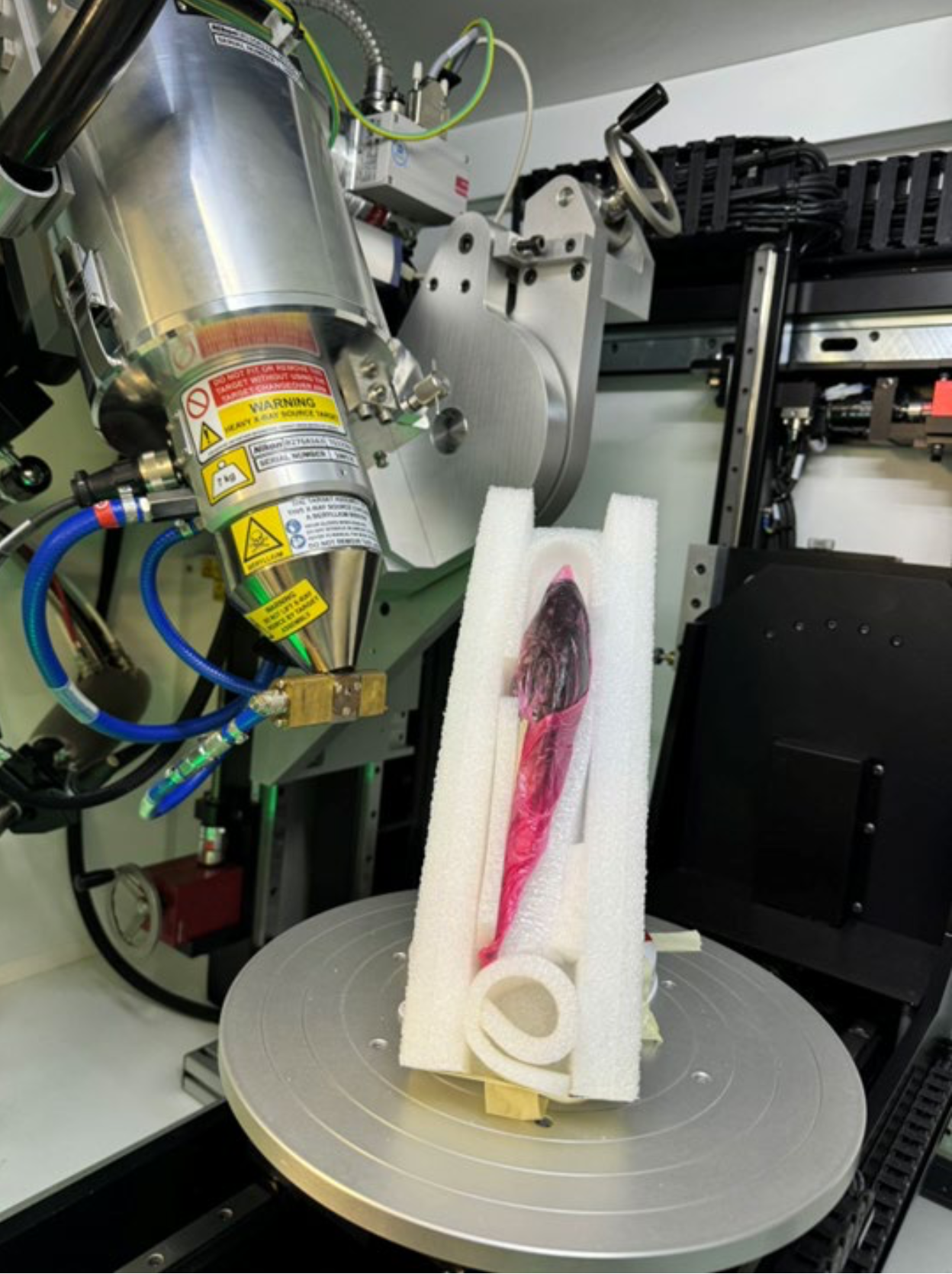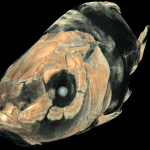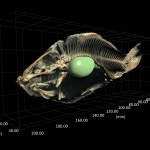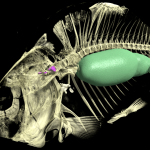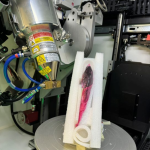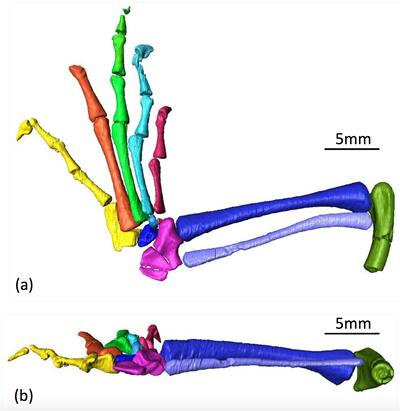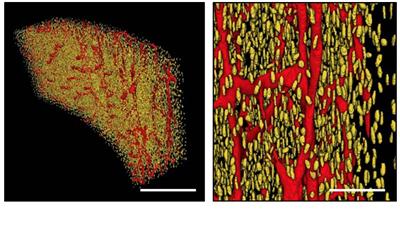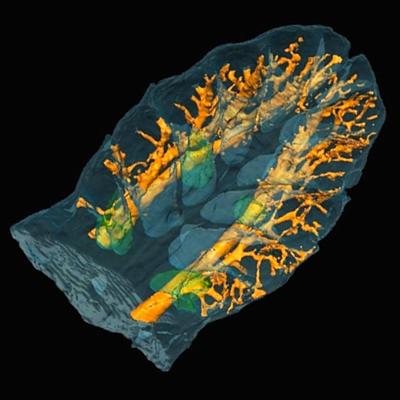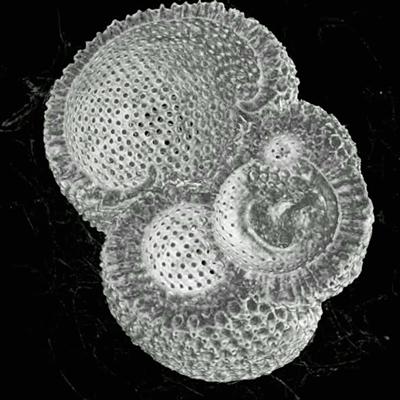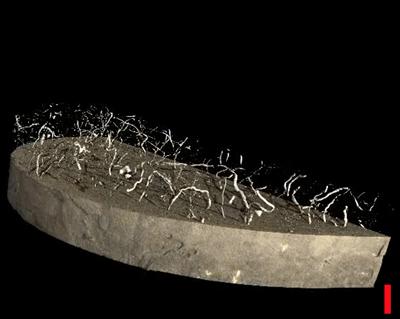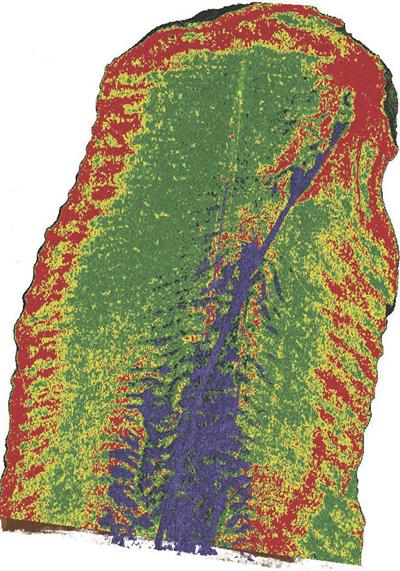Environment & Natural History
Biomedical Imaging
Fish Bioacoustics: Non-invasive measurement of swim bladder resonance properties on free-swimming fish
Background
Detecting acoustic pressure can improve a fish’s survival and fitness through increased sensitivity to environmental sounds. The swim bladder is a crucial organ in fish that contributes to controlling buoyancy and transferring the sound energy of acoustic stimuli to the inner ears in some species. To gain more insight into the hearing mechanism in fish, it is hypothesised that the swim bladder functions to enhance fish auditory sensitivity and expand the hearing frequency range. The enhancement corresponds to the swim bladder resonance as the swim bladder will pulsate to the greatest magnitude at its resonance frequencies, resulting in a re-radiation of incident acoustic waves to the inner ear and an improvement in fish hearing at a certain frequency range. Hence, the measurement of swim bladder resonance properties is key to this topic. A novel method has been developed to non-invasively measure the swim bladder resonance properties in live free-swimming fish in a specially designed test tank. Swim bladder resonances were picked up by the hydrophone and later shown as resonance peaks in the system frequency response functions.
Role of Computed Tomography
X-ray computed tomography (CT) was used to measure the 3D features of the swim bladder and otoliths of the specimen. The CT scan revealed the shape and volume of the air cavity contained in the swim bladder, which was of great importance to the resonance frequency, and the surrounding morphological structures that contributed to the damping coefficient of the swim bladder. The volumetric data will be used to develop numerical models of the swim bladder’s frequency response to acoustic stimuli for the purpose of validating the resonance properties measured from live free-swimming fish. Otolith acceleration magnitude will also be modeled in order to show the role of the swim bladder in fish hearing amplification. The numerical simulation will be achieved in the finite element modeling software COMSOL Multiphysics using the Pressure Acoustic-Frequency Domain module.
William Wu, Philip S. Ericsson, Paul S. Kemp, Paul R. White


